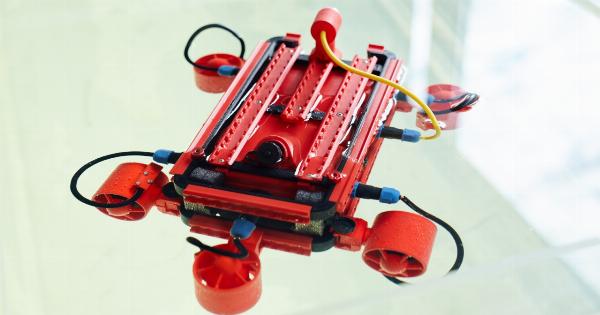Mental health is a crucial aspect of overall well-being, particularly among children who are still developing. Identifying potential mental health issues is essential for addressing them effectively and improving outcomes.
Traditional mental health evaluations can be time-consuming, invasive, and intimidating for children, limiting their accuracy. Fortunately, advances in technology have led to new and innovative approaches for assessing mental health in children, including the use of humanoid robots.
Understanding Child Mental Health Evaluation
Mental health evaluation is a comprehensive assessment of an individual’s psychological functioning and well-being. It helps identify mental health disorders such as anxiety, depression, ADHD, and many other psychiatric disorders in children.
The evaluation process typically involves a mental health professional asking the child questions about their thoughts, feelings, and behaviors, as well as observations of their interactions with others. The results of the evaluation are then used to develop a treatment plan, which can include therapy, medication, or other interventions.
The Role of Humanoid Robots in Child Mental Health Evaluation
Humanoid robots are an emerging technology with the potential to revolutionize many aspects of healthcare, including mental health evaluation in children. A humanoid robot is a machine designed to resemble and function like a human being.
They are equipped with artificial intelligence and have the ability to learn, recognize faces, and interact with humans. When used in mental health evaluations, these robots can improve the accuracy of assessments and provide more information about a child’s emotional state.
Advantages of Using Humanoid Robots in Child Mental Health Evaluation
Humanoid robots offer several advantages over traditional methods of evaluating mental health in children.
Reduced Anxiety and Stress
Traditional methods of evaluating mental health in children can be stressful and invasive, leading to heightened anxiety and discomfort.
The use of humanoid robots in these assessments can help reduce anxiety and stress levels as the child interacts with the robot in a non-threatening environment. These robots can also help create a more relaxed atmosphere, making it easier for children to open up and share their thoughts and feelings without fear of judgment or negative consequences.
Improved Accuracy
Humanoid robots have the ability to analyze a child’s responses and body language with precision.
They can use this information to provide more accurate evaluations of mental health and potentially catch early warning signs of mental health disorders. The robot’s artificial intelligence also allows for more thorough and consistent evaluations, reducing the risk of human error.
Consistency in Evaluations
The use of humanoid robots in mental health evaluations provides consistency in assessments.
Standardizing evaluation protocols reduces variability in how different practitioners interpret the child’s responses and behaviors, which can improve the reliability of the assessment results. This can also help reduce the incidence of misdiagnosis, leading to more accurate diagnosis and more effective treatment plans.
The Current State of Humanoid Robots in Child Mental Health Evaluation
Humanoid robots used in mental health evaluations are still in their infancy, and research is ongoing to identify their potential benefits and limitations.
The use of this technology is still mostly limited to research and pilot programs, and widespread implementation has yet to occur. Currently, the primary focus is on developing the technology to be more accurate in its assessments, more user-friendly, and more accessible to practitioners.
Conclusion
The use of humanoid robots in child mental health evaluations is an exciting and potentially revolutionary technology.
By providing a less invasive and more consistent evaluation, these robots can improve the accuracy of diagnoses and help children receive the proper and effective treatment they need to achieve better outcomes. As the technology advances and research continues, the use of humanoid robots in mental health evaluations is likely to become more widespread.






























